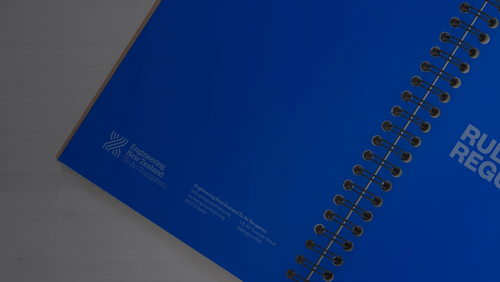6 Dec 2021
MBIE has released its revised Earthquake geotechnical engineering practice series, developed in partnership with the New Zealand Geotechnical Society through Engineering New Zealand. These modules underpin everyday earthquake engineering and should guide earthquake geotechnical engineering design.
The geotechnical modules use the latest scientific knowledge and experience to provide guidance for geotechnical design for liquefaction analysis, ground improvement, foundations and retaining walls, generally when using simplified design procedures. The modules are:
Module 1: Overview of the geotechnical guidelines
Module 2: Geotechnical investigations for earthquake engineering
Module 3: Identification, assessment and mitigation of liquefaction hazard
Module 4: Earthquake resistant foundation design
Module 5: Ground improvement of soils prone to liquefaction
Module 6: Earthquake resistant retaining wall design
Over the past few years, geotechnical engineers have highlighted inconsistencies with the seismic hazard data referenced within the regulatory system and have been working to resolve these. As well as this, what we have learned from the Canterbury and Kaikōura Earthquakes has greatly contributed to our current understanding of geotechnical engineering.
In 2019, Engineering New Zealand, the Ministry of Business, Innovation and Employment (MBIE), Earthquake Commission and Waka Kotahi commissioned a study to research the latest seismic hazard. This was delivered by Professor Brendon Bradley at the University of Canterbury and is known as the ‘Bradley Study’ (2020).
It was part of a project managed by Engineering New Zealand to update the geotechnical modules, which are issued as regulatory guidance to ensure New Zealand’s buildings and structures are safe.
Importantly, the Bradley study found that most New Zealand locations have a hazard which is comparable to that referenced in regulation. However, in six locations, the seismic hazard is likely to be considerably higher than that given in current legislation, namely Wellington (1.7), Gisborne (>2), and Blenheim, Napier, Palmerston North and Whanganui (1.4).
The increased seismic hazard values are incorporated into the revised geotechnical modules on an interim basis until decisions are made about results, due in August 2022, from National Seismic Hazard Model project.
The study only considered geotechnical hazard parameters and not those used in structural engineering. Therefore the new values should not be used for structural design.
It is also recommended that the revised hazard values should only be used for the design of new building work. They do not apply to existing buildings for the purposes of earthquake-prone building legislation.
“It’s great outcome for the public that geotechnical engineers can now use this information for new design work,” says Dr Richard Templer, Chief Executive of Engineering New Zealand.
“Engineers are anticipating an increase in the seismic hazard when the National Seismic Hazard model is updated. In the meantime, the updated hazard information and other revisions in these modules will support good decision-making for new designs – including in locations where the known seismic hazard has increased.”
The modules were released on 29 November 2021 as part of MBIE’s annual updates to the Building Code. They are not regulation but have regulatory status in that they are guidance under Section 175 of the Building Act. This means consenting authorities can use them to support decision making when issuing building consents.







